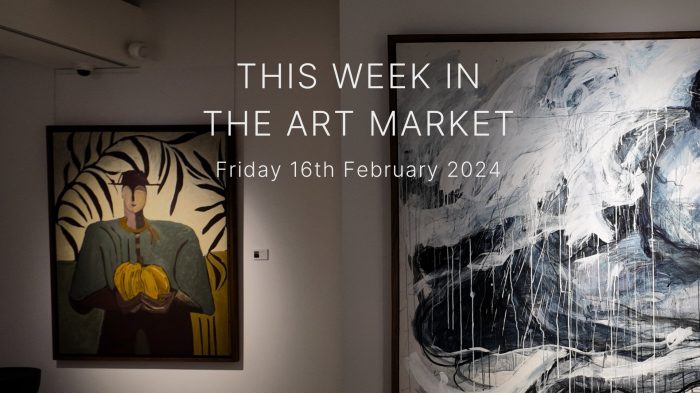As the rise of Chinese art continues and demand within the global art community shows no signs of slowing down, here are five Chinese contemporary artists that any art collector or investor should know.
With the trials and tribulations of freedom of expression, political ideology, communism, consumerism and capitalism, not to mention the rapidly changing society in the China since Mao Zedong’s death, contemporary artists from China are creating pieces that will not only pave the way for future generations, but will provide substantial investment opportunities for art lovers across the globe.
Ai Weiwei
A well-known Chinese contemporary artist from Beijing, Ai Weiwei was born in 1957 and is not only a groundbreaking artist but also a political activist who is openly critical of the Chinese Communist party.
Having collaborated with architects and artists as well as on film and TV, his own works over many decades include over twenty-one documentaries, work on the Beijing national stadium and famous artworks such as the “Sunflower Seeds” and the “Artz Pedregal” in Mexico City.
Chen Wenling
Recognised as one of the top 10 sculptors in the international art scene, Chen Wenling, was born in 1969 in the Anxi county of China. Rising to fame with his ‘Red Memory series’, Chen Wenling is a contemporary Chinese Neo-Realist artist.
Often seeking to blend the rapid rise of consumerism with the vivid past of the communist era makes Chen works extremely sought after both at home and abroad. Having had his work exhibited around the globe, Chen was awarded Venice Biennale’s prestigious Golden Lion and continues to enjoy commercial and critical success for his provocative works across the world.
Cai Guo-qiang
With works being viewed around the world and a feature in a Netflix documentary, Sky Ladder, Cai Guo-qiang is known as the “Artist who reaches for the sky”.
Currently living and working in New York, he is a calligrapher and traditional painter who adapted into the contemporary space after studying stage design and western art forms including oil painting.
Drawing on a variety of symbols, narratives, traditions and materials, his style heavily features the sky, with famous works such as “Triable” in Doha, Qatar and “Sky Ladder”, in the Museum of Contemporary Art, Los Angeles.
Fang Lijun
Best known for his politically charged works, reflecting the 20th century history of China, Fang Lijun was born into a wealthy family in China in 1963. His works were largely centred on morality and featured many men with bald heads speaking out about how people often defined those around them by appearance alone, rather than other key attributes.
Balancing on the line of traditional and modern practice, he was famous for his cynical realism, often featuring these bald-headed men, which depicts people “dumbfounded by modern society”.
Most famous for his 1991.6.1 painting, a woodblock that consists of five fabric scrolls, placed together to show a bald men, confused and lost looking to the sky for answers in a grey existence – which has brought great notoriety as an extremely powerful piece.
Wang Guangyi
Known by many as the leader of the ‘New Art Movement’, Wang Guangyi’s works can be considered in the political pop movement. Born in Harbin in 1957, after several failed attempts he enrolled in the Zhejiang Academy of Fine Arts.
His most famous works are known as the ‘Great Criticism’, in which the use of Chinese propaganda images were infused with Western advertising materials. In these art pieces brands such as Gucci, Porsche and Coca-Cola were used to create powerful pop art incorporating socialist realist that was most certainly influenced by Andy Warhol.
Investment in Chinese Art
While many counties and their artists have established ideals, styles and pushing boundaries in the evolution of their contemporary art, none are more so fascinating than China.
With the mix of traditional methods and contemporary materials, political ideology and freedom of expression, never has art detailed so much expression of both the internal struggles of the artists and the external struggle of a society.
With rare opportunities to invest in art created in a unique time in China’s revolution, if you’re interested in investing in art it’s essential to speak with an artwork investment specialist.








